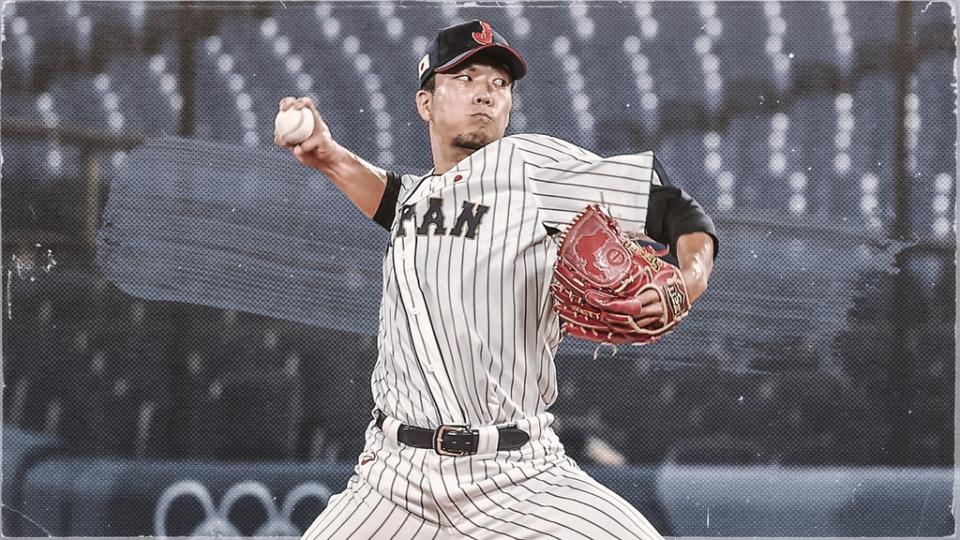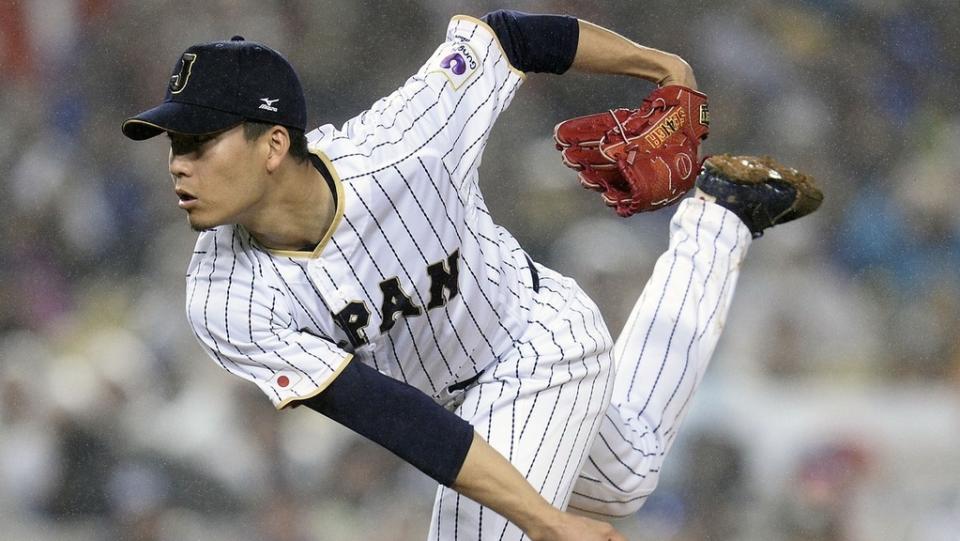
Billy Eppler has a history of scouting and signing Japanese pitchers that could play a significant role in whether the Mets land Kodai Sengathe star free agent who is drawing interest from several major league teams.
As a rival executive put it, “Billy has a lot of expertise in that area, based on all the scouting and networking he’s done in Japan. He’ll know everything there is to know about the guy, which could be very important.”
In fact, as a scout and then assistant GM with the Yankees, Eppler scouted Masahiro Tanaka extensively, all the way back to seeing him in the high school tournament that draws national attention in Japan. And he developed a relationship with Shohei Ohtani that paid off when he became GM of the Los Angeles Angels, helping convince the two-way superstar to play in Anaheim.
Now Eppler’s experience figures to be vital as the Mets decide how high a priority Senga should be for them in putting pieces in place for their 2023 starting rotation. They will meet with him in person as Senga is expected to visit with several teams in the next week or so, and sources say they have serious interest in him.
Pocket at what cost? And at whose expense?
Is signing Senga a better idea than re-signing Chris Bassitt? Would the Japanese right-hander be a solid alternative to signing Carlos Rodonespecially since the Mets would rather not lose the draft choices and $1 million in international bonus pool money that is attached to Rodon via the San Francisco Giants’ qualifying offer?
Scouts and executives are in agreement that the 29-year old Senga has the potential for dominance as a major league starter, coming off a season in which he went 11-6 with a 1.94 ERA in Nippon Professional Baseball last season for the Fukuoka SoftBank Hawks .
Last week at the GM meetings, in fact, Boston Red Sox GM Chaim Bloom said of Senga: “Super-talented, athletic, power stuff. Just a really impressive arm.”

Senga averaged 96 mph with his fastball last season, and threw as hard as 101.9 mph in one start in May, setting up a splitter that was the most difficult pitch for NPB hitters to make contact with in 2022, according to Japanese statistical site DeltaGraphs.
Senga’s splitter, or fork ball, is such a wipeout pitch that it is referred to as the “Ghost Fork” in Japanese baseball circles.
Yet Senga also comes with some significant questions that have some scouts and team executives asking if he’d be more effective in the major leagues as a late-inning bullpen weapon than as a starter.
For one thing, Senga has thrown more than 150 innings in a season only once since 2017, mostly because he has been nagged by injuries, including a sore elbow last season that forced him to miss some starts, and a shoulder injury earlier in his career .
Japanese pitchers tend not to log as many innings as major leaguers, as they pitch only once a week, and Senga threw only 144 innings last season, due to the elbow soreness and a bout with COVID.
What evaluators see as the bigger issue, however, is the spotty command of his fastball and what one termed “mediocre breaking stuff” that could be more of an issue for him against major league lineups that are considered higher quality overall than Japanese lineups.
“In Japan he relied on hitters chasing his splitter down, out of the strike zone, because a lot of them had to cheat to get to his velocity,” one team exec told me. “He’ll probably have a tougher time getting big league hitters to do that.
“He also got away with more hangers with his slider than he’ll get away with over here. His breaking stuff will need to improve if he’s going to be an effective starter. It’s hard to get deep into games against big league lineups with just the fastball and splitter.”
That two-pitch mix traditionally works better for relievers, and indeed Senga has been used mostly as a late-inning weapon on the Japan national teams in years past — in the World Baseball Classic and the Olympics.
Yet a second team exec told me their scouting reports on Senga from last year say he has evolved into more of a true starter, with a slider that is “good enough” when used in combination with his other pitches to dominate any lineup.
“When he gets ahead in the count the splitter can be a devastating pitch,” the exec said. “But he’ll need to do that more of that against big league hitters than he did in Japan. He has a good fastball, but it’s not a blow-away pitch that he can throw behind in the count.”
To that point, Senga had 156 strikeouts in 144 innings last season (and 49 walks), which translates to dominance in Japan but may not in the States, according to evaluators.
“But here’s the thing,” said one exec, “you really never know until you see the guy face major league hitters on a consistent basis. Some pitchers adjust better than others. Senga certainly has the potential for the kind of dominance you saw from Tanaka that first year with the Yankees before he hurt his elbow.”
Yes, it’s worth remembering that Tanaka was 11-3 with a 2.10 ERA in his first 16 starts as a Yankee through the end of June of 2014, with 127 strikeouts in 133 innings that included three complete games, before he suffered the partial tear in his elbow ligament.
Tanaka dominated primarily with his fastball and splitter before the injury, which forced him to become more of a finesse-type pitcher.
Eppler, meanwhile, was a driving force in the Yankees signing Tanaka, recommending him highly.
So what will he think Senga is worth to the Mets? That could be the deciding factor in how high the Mets go in bidding against other teams. Two execs I spoke to estimated that Senga will get something like four years for $60-$64 million, maybe five for $75-$80 million.
In the case of the Mets, however, much could depend on whether they re-sign Jacob deGrom or others, and whether they think signing Rodon is worth sacrificing two draft picks and international bonus pool money.
Whatever they decide, Eppler’s familiarity with all things Japanese baseball figures to be crucial in dictating their decision-making.